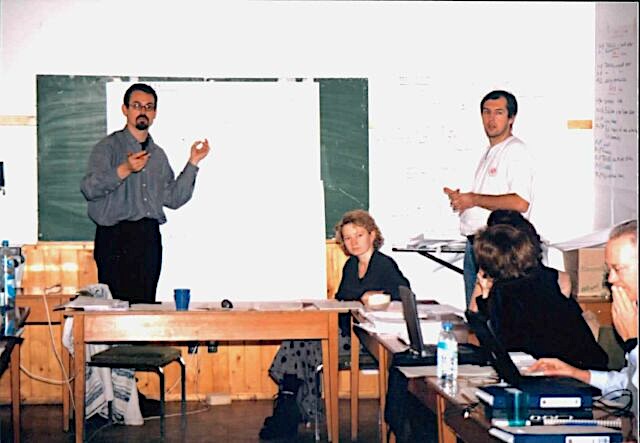
By 1999, the EU was actively taking steps toward addressing climate change and reducing emissions. While the formal launch of the European Climate Change Programme occurred in 2000 as the EU’s central instrument for this purpose and to ensure compliance with Kyoto targets, the groundwork and policy discussions were well underway.
The year was also notable for the release of our first report highlighting the secretive nature of the EIB. This publication marked the beginning of a long and successful campaign for greater transparency and public oversight of this major public financial institution.
In March, a significant meeting was held in the Romanian spa town of Băile Herculane, which saw the relationship between Friends of the Earth Europe and Bankwatch become more formal, reflecting the fact that approximately half of Bankwatch’s member groups were also affiliated with Friends of the Earth.
In April, the EBRD Annual Meeting took place in London, where Bankwatch representatives held meetings with the EBRD President and Vice-President. Despite their support for the K2–R4 project, these discussions were crucial for raising our concerns about the EBRD’s accessibility to the public and its information disclosure policies and practices.
Around this time, Bankwatch also launched the first issues of Bankwatch Mail. Topics covered included critiques of the EBRD’s strategic direction, the rush for Caspian oil, as well as environmental issues surrounding the Kumtor gold mine, the K2–R4 nuclear project, and the Nuclear Safety Account.
